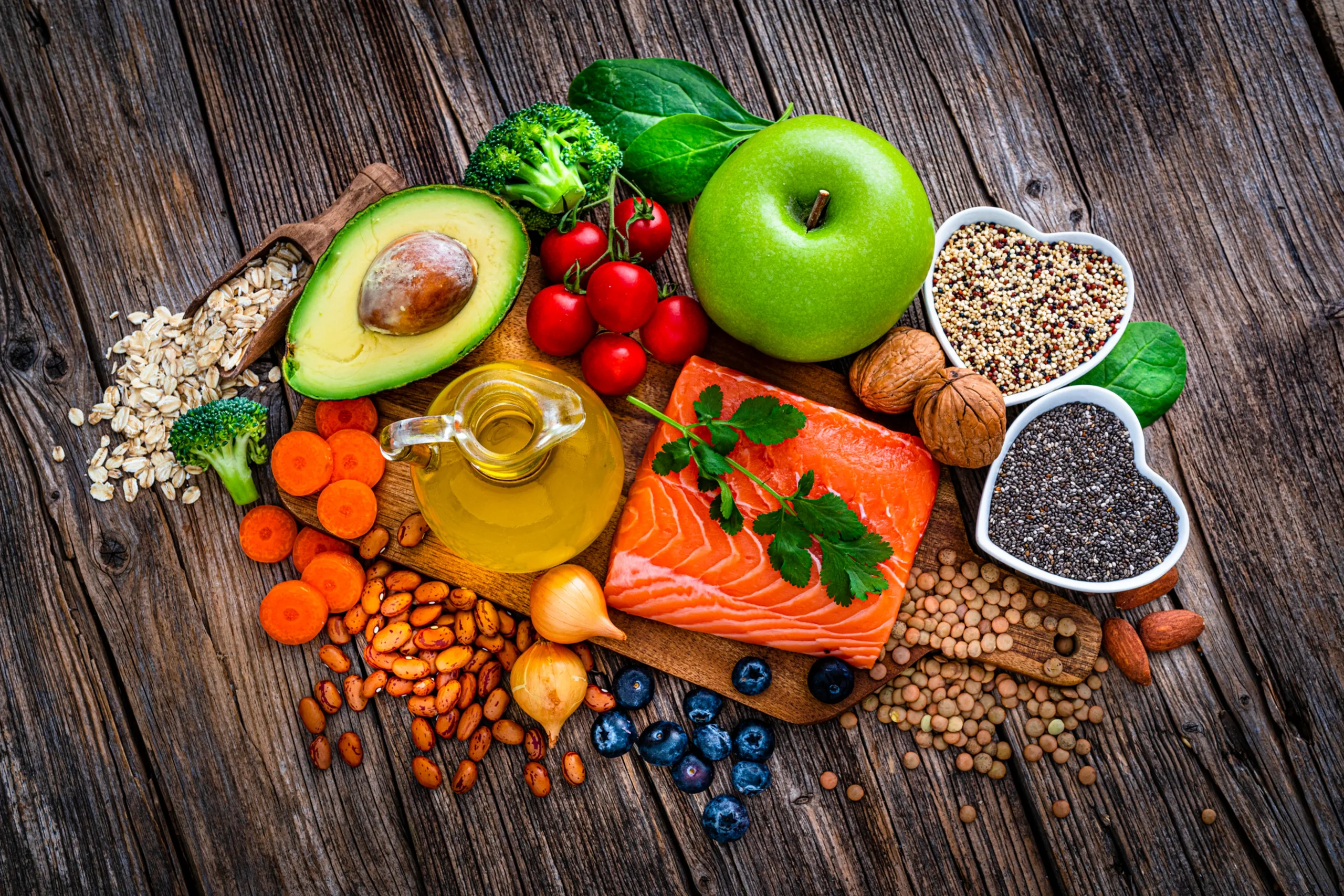Single Cell Oil Market Regional Analysis Europe Leads the Market
Global Single Cell Oil Market: Trends, Growth Drivers, and Opportunities from 2025 to 2032
The global single cell oil (SCO) market is poised for robust expansion in the years ahead, fueled by the rising demand for sustainable lipids across sectors such as biofuels, functional foods, dietary supplements, cosmetics, and aquaculture. The single cell oil market, valued at US$ 68.5 Mn in 2025, is projected to reach US$ 101.0 Mn by 2032, growing at a CAGR of 5.7% during the forecast period.
Single Cell Oil, produced from oleaginous microorganisms like yeasts, fungi, algae, and genetically engineered bacteria, is gaining traction as a viable alternative to traditional plant and marine oils. Its benefits—sustainability, non-competition with food crops, and the ability to produce high-value fatty acids—make it highly attractive in an age of increasing environmental consciousness, regulatory scrutiny, and shifting consumer preferences.
What is Single Cell Oil?
Single Cell Oil (SCO) refers to lipids derived from single-cell microorganisms. Unlike conventional plant-based oils like palm or soybean oil, SCO is cultivated in controlled biotechnological environments using microbial fermentation. Organisms such as Yarrowia lipolytica, Mortierella alpina, and Rhodosporidium toruloides are cultivated on feedstocks ranging from agricultural waste to industrial effluents to produce oils rich in essential fatty acids such as DHA, EPA, and GLA.
SCOs are sustainable, vegan, allergen-free, and rich in long-chain Polyunsaturated Fatty Acids (PUFAs). These oils are increasingly used in dietary supplements, infant nutrition, biodiesel, and even cosmetic formulations.
Market Drivers
1. Rising Demand for Biodiesel
With global energy dynamics shifting toward renewable alternatives, biodiesel has emerged as a key focus area. However, the sustainability of biodiesel depends heavily on its feedstock. Traditional oils—soybean, palm, and rapeseed—pose environmental threats, including deforestation and biodiversity loss.
SCO provides a promising solution. It can be cultivated on waste substrates like lignocellulosic biomass and industrial glycerol, making it an ideal feedstock for biodiesel. In 2023, researchers from IIT Guwahati proposed a closed-loop system using waste glycerol from biodiesel plants as a carbon source for SCO production, showcasing both cost efficiency and sustainability. Similarly, Thailand’s NSTDA initiated a pilot project using food waste-derived SCO for biodiesel, achieving lipid content yields comparable to palm oil.
2. Sustainability and Clean-Label Movement
Consumer awareness around sustainability, animal welfare, and clean-label ingredients is pushing brands to adopt microbially derived oils. SCO, being plant-free and cruelty-free, fits well with these trends. It is also being integrated into circular economy models, utilizing agro-industrial waste and turning it into high-value lipids.
3. Functional and Nutraceutical Foods Growth
SCO is rich in essential omega-3 fatty acids like DHA and EPA, which are commonly sourced from fish oils. Due to overfishing and marine pollution concerns, food and beverage manufacturers are shifting toward microalgal and fungal SCOs. These oils are being used in prenatal vitamins, plant-based infant formulas, and functional foods with clean-label claims.
4. Technological Advancements
Advancements in precision fermentation, metabolic engineering, and co-cultivation strategies are significantly improving SCO production efficiency and lowering costs. Microorganisms are being genetically modified to increase lipid yields, improve substrate utilization, and produce tailored fatty acid compositions.
Market Restraints
Despite its promise, SCO faces some barriers:
1. Substrate Variability
Fermentation feedstock plays a crucial role in lipid yield and quality. Waste substrates like glycerol or lignocellulose are cost-effective but often contain toxic compounds that inhibit microbial growth. Pre-treatment steps are often required, increasing the overall cost.
2. Consumer Skepticism
Consumers may be hesitant to accept oils derived from genetically modified microorganisms or industrial waste substrates. Transparency and education are necessary to bridge the trust gap in food and supplement applications.
Market Opportunities
1. Mixed Microbial Cultures
A breakthrough innovation in SCO production involves the use of co-cultivation strategies. By growing two or more microbial strains together, producers can take advantage of complementary metabolic pathways. This method can enhance lipid biosynthesis, improve nutrient use efficiency, and simplify downstream separation.
For example, filamentous fungi can form mycelial networks that help in aggregating yeast cells, reducing the need for energy-intensive separation techniques like centrifugation. Mixed cultures can also process complex waste feedstocks more efficiently.
2. Vegan and Allergen-Free Product Expansion
As consumer preferences lean heavily toward plant-based, non-GMO, and allergen-free alternatives, SCOs are uniquely positioned to replace traditional oils in vegan dairy, confectionery, and infant nutrition sectors.
Category-Wise Analysis
By Microorganism
• Filamentous Fungi and Yeasts (56.2% share in 2025): These dominate the market due to their high lipid yields and stress tolerance. Notable organisms include Yarrowia lipolytica, Rhodosporidium toruloides, and Mortierella alpina.
• Bacteria: Gaining ground owing to their rapid growth and flexibility in utilizing unconventional substrates. With genetic engineering, bacteria are being tailored to optimize lipid production under low-cost and extreme conditions.
• Microalgae: Known for producing omega-3 rich oils, microalgae are crucial in infant nutrition and functional food applications. However, their cultivation cost remains high compared to yeasts and fungi.
By Application
• Food Supplements (32.7% share in 2025): The largest application segment, driven by demand for omega-3, vegan, and allergen-free nutritional products. SCOs are increasingly replacing fish oils, particularly in prenatal and infant products.
• Cosmetics: SCOs provide anti-aging, anti-inflammatory, and skin-restorative benefits. They contain GLA, DHA, and oleic acid and are favored for their lightweight texture and oxidative stability.
• Biodiesel: As mentioned earlier, biodiesel demand is a major growth factor. The ability to use waste-derived SCO enhances its appeal in sustainable energy markets.
• Aquaculture Feed: With rising concerns over fish oil sustainability, SCO is becoming the go-to alternative, offering consistent and high-quality omega-3 content.
Regional Insights
Europe
Europe leads the global SCO market with a projected 45.3% share in 2025. This dominance is attributed to strict sustainability regulations and marine conservation policies. The European Commission’s Farm to Fork Strategy and Blue Bioeconomy initiatives promote microbial oils over fish and palm oil.
Countries like France, Germany, and the Netherlands are home to biotech innovators such as Fermentalg, which is supplying microalgae-derived DHA to aquafeed producers and developing algae-based carbon capture systems.
North America
North America is witnessing increasing commercialization, especially in plant-based nutrition and aquafeed. Canadian firm Mara Renewables Corporation is a key player, supplying algae-derived DHA to leading infant formula brands.
U.S.-based companies like Cargill are collaborating with biotech firms such as Calysta to develop FeedKind—a SCO-based aquaculture feed solution. Additionally, start-ups like Checkerspot are expanding production of high-performance oils for cosmetics and industrial applications.
Asia Pacific
This region is rapidly scaling up SCO production, particularly in aquafeed and nutritional supplements.
• China: Investing in microbial fermentation tech for its growing aquaculture industry.
• India: Focused on functional foods and nutraceuticals using SCOs derived from agro-waste.
• Japan and South Korea: Specializing in high-purity SCO for cosmetics and pharmaceuticals.
Companies like Tianjin Norland Biotech and Wuhan Healthdream Biological Technology in China are pioneering DHA-rich SCO for aquaculture.
Competitive Landscape
The SCO market is relatively niche, with a handful of specialized biotech firms dominating. These companies compete on the basis of:
• Strain development
• Fermentation optimization
• Proprietary cultivation technologies
• Regulatory approvals for food and nutraceutical use
Notable players include:
• DSM-Firmenich
• Cellana, Inc.
• ALGATECH Center
• Corbion N.V.
• DIC Corporation
• ALGENOL
• Henry Lamotte Oils
• Chevron Corporation
• Bioriginal Food & Science Corp.
Recent Developments
• May 2025: Researchers at Nanjing Medical University introduced a one-step oil digestion method that minimizes sample loss, improving the study of single-cell lipid production.
• March 2025: Scientists at RMIT University and partners demonstrated enhanced SCO production by engineering oleaginous yeast strains.
Conclusion
The Single Cell Oil market is on the cusp of a bio-revolution. As sustainability and clean-label requirements reshape the lipid landscape, SCO presents a commercially viable and environmentally friendly solution. The transition to microbially derived oils is being propelled by advances in biotechnology, a growing vegan population, and mounting environmental regulations.
With its applications expanding across food, fuel, cosmetics, and feed, SCO is more than just a niche innovation—it is poised to become a cornerstone of the bioeconomy. Companies that invest early in scalable, cost-effective, and sustainable SCO technologies will be best positioned to lead this emerging market into the future.
𝐄𝐱𝐩𝐥𝐨𝐫𝐞 𝐭𝐡𝐞 𝐋𝐚𝐭𝐞𝐬𝐭 𝐓𝐫𝐞𝐧𝐝𝐢𝐧𝐠 𝐑𝐞𝐩𝐨𝐫𝐭:
Salt Market
Turmeric Coffee Market
Source link
Share this article:












